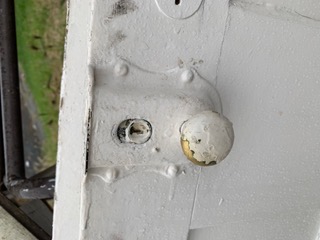
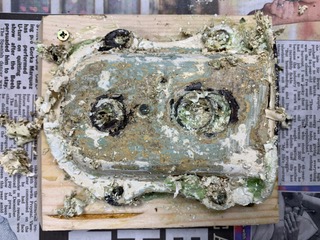
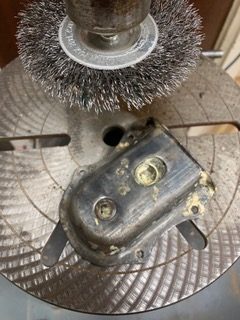
And here is the almost finished result.
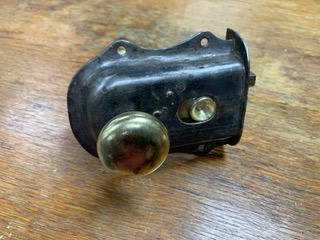
This piece of ironmongery had no identifying marks on it so precise dating is a challenge. We described this as an elderly rim latch but how old might this actually be? The street in which this latch and door was found has late Victorian terrace houses in it. One imagines that the person(s) dumping this door would not have carried it too far. So perhaps this is Victorian? The door from which it was removed was of a distinctly Victorian pattern.
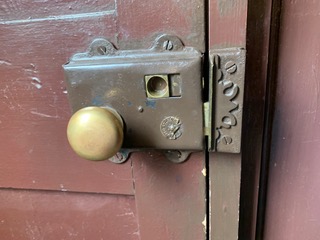
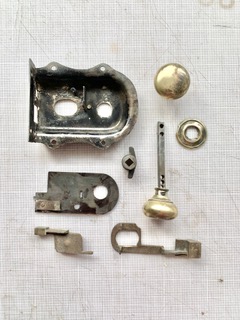
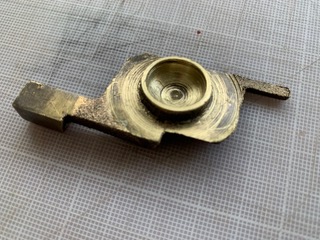
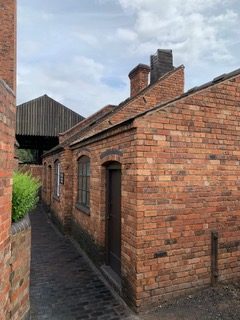
Your items have been added to your basket.
Your items have been added to your basket.